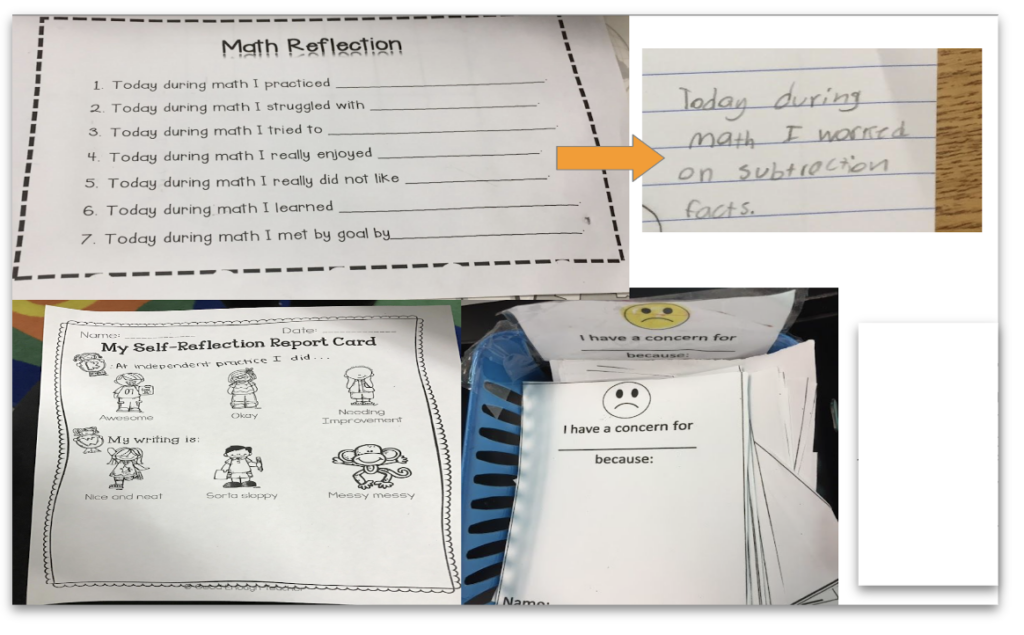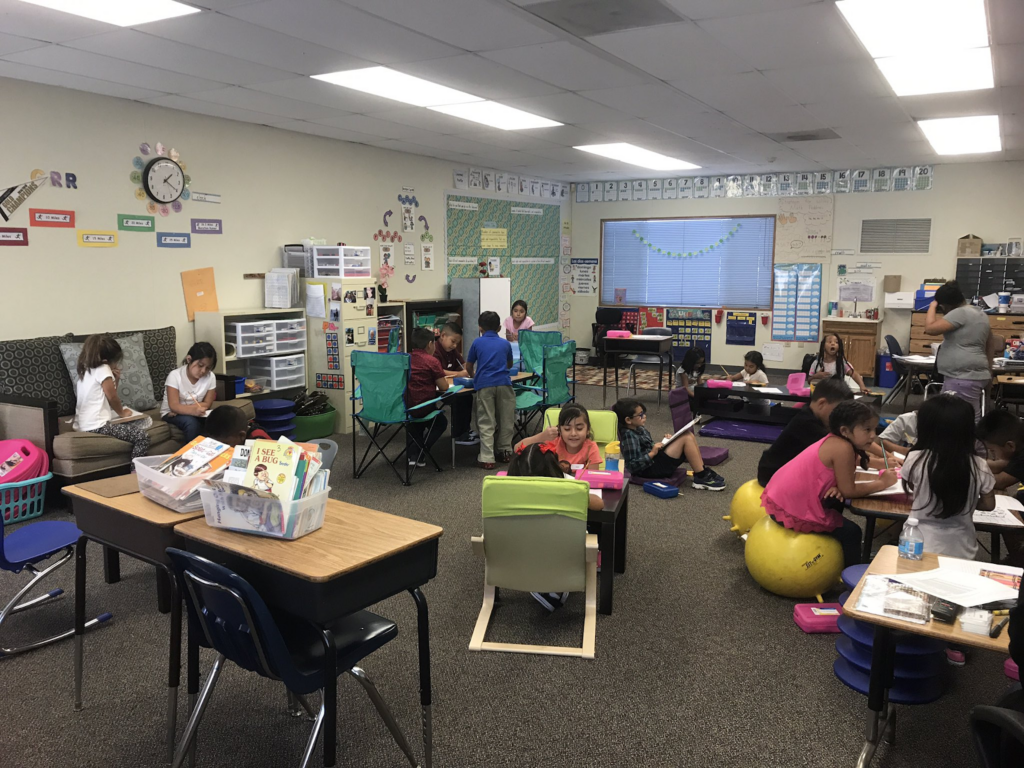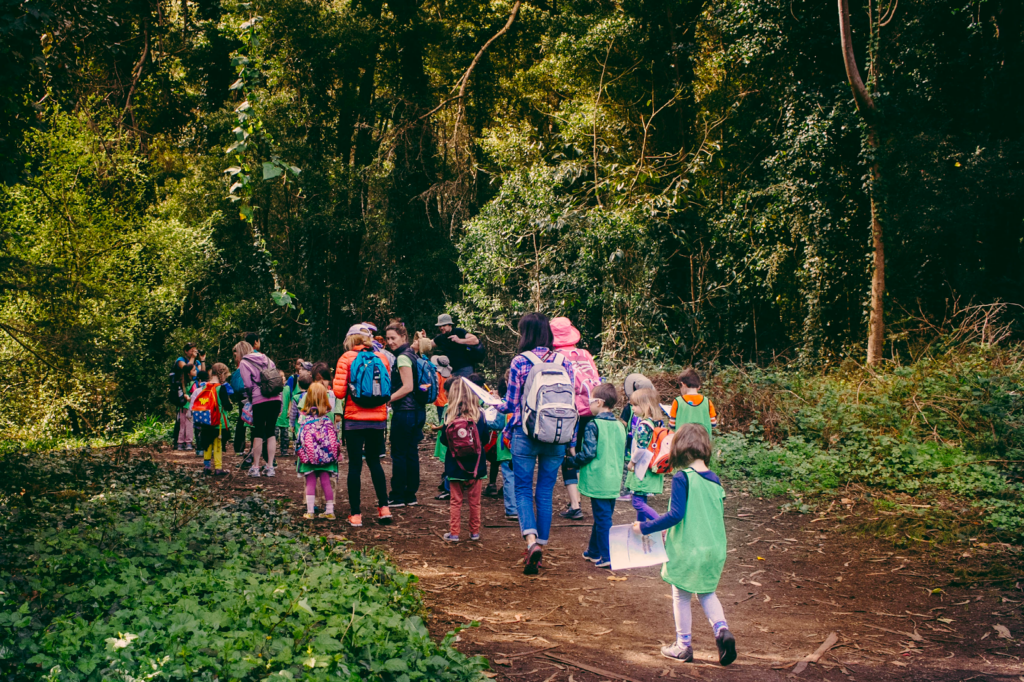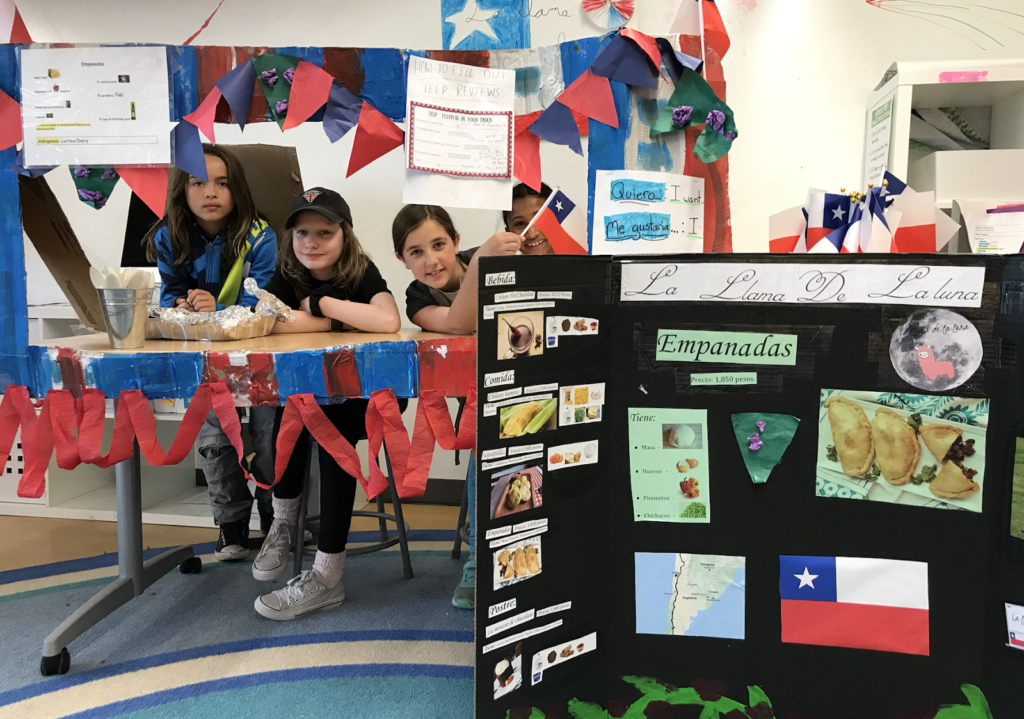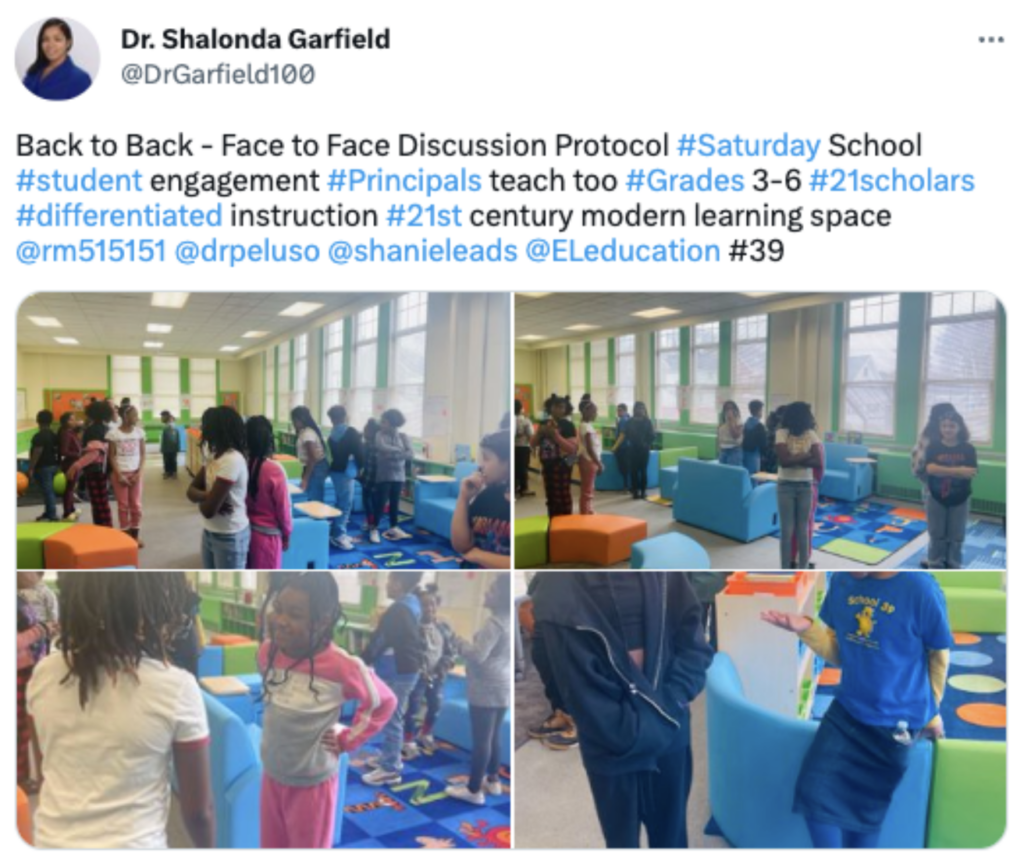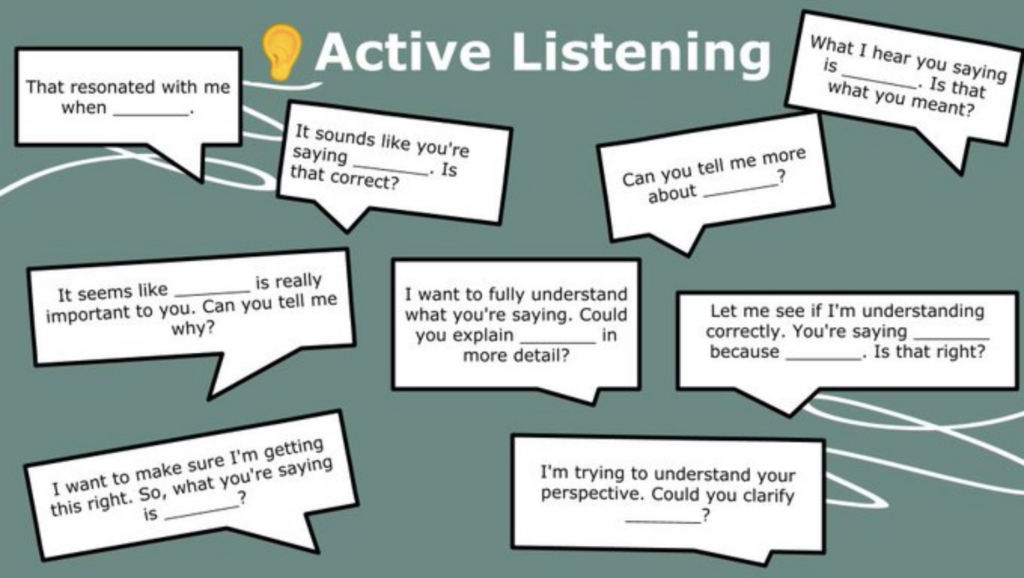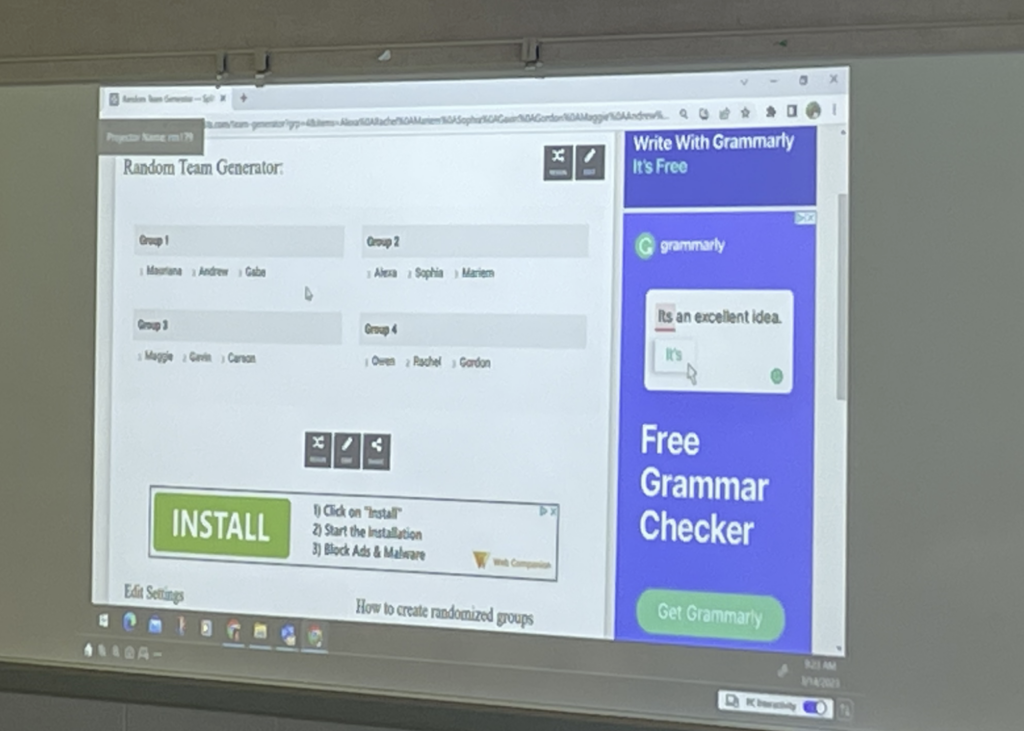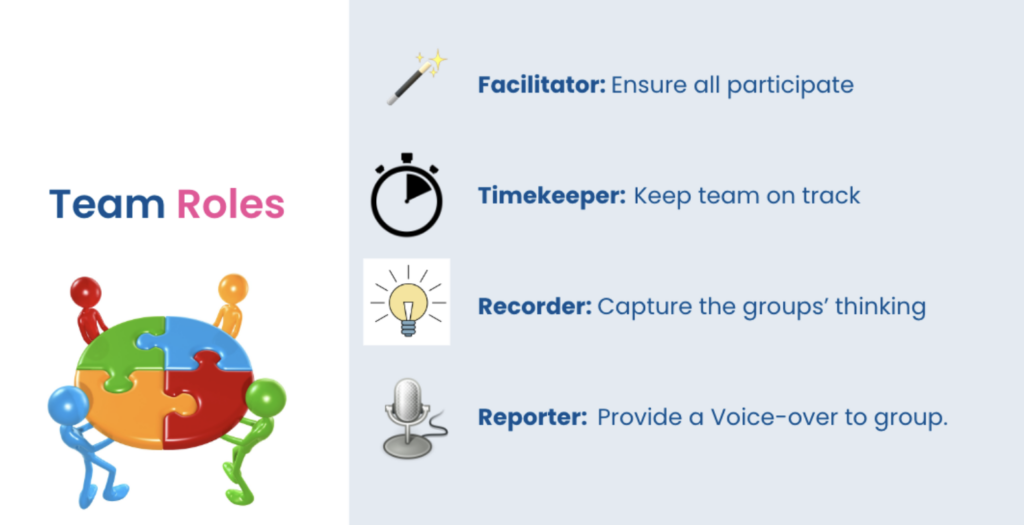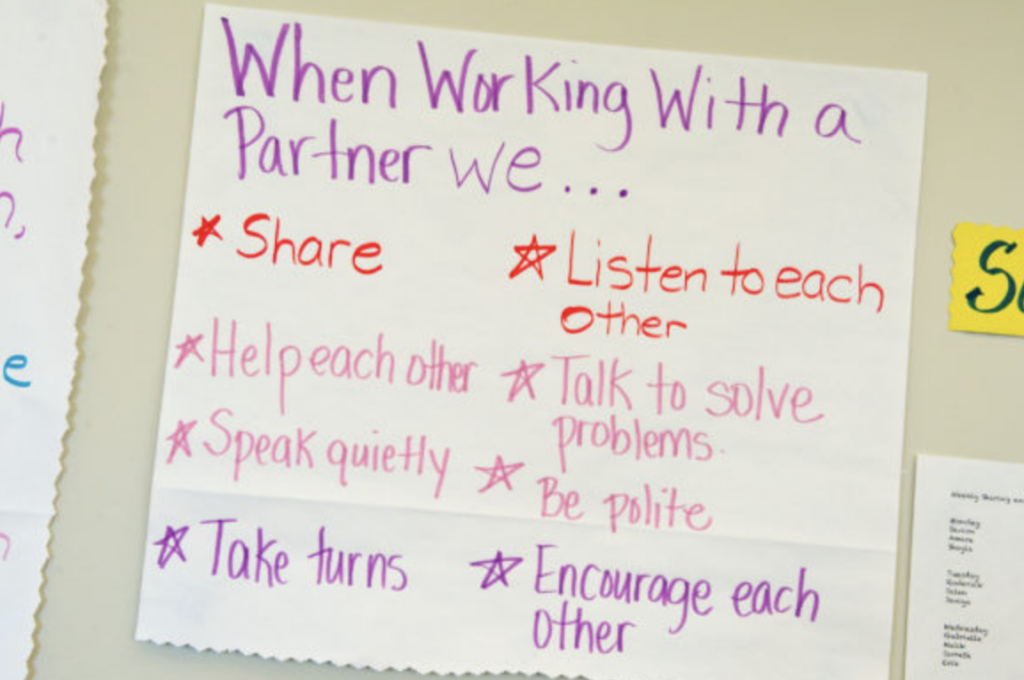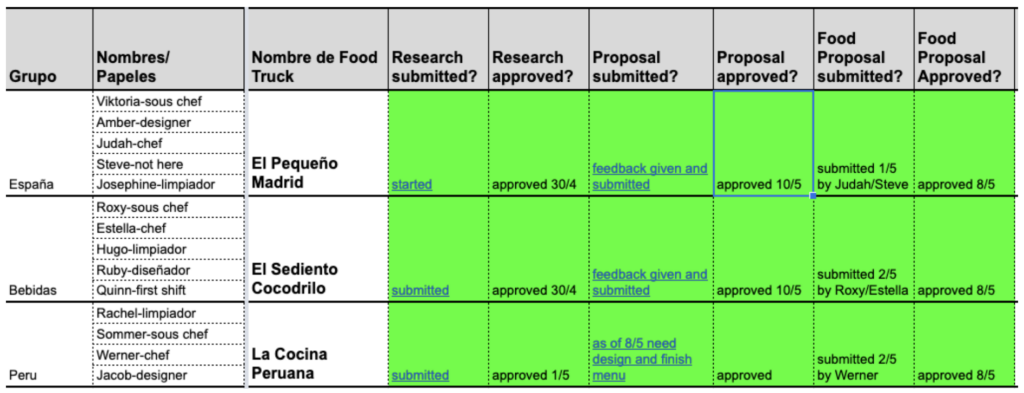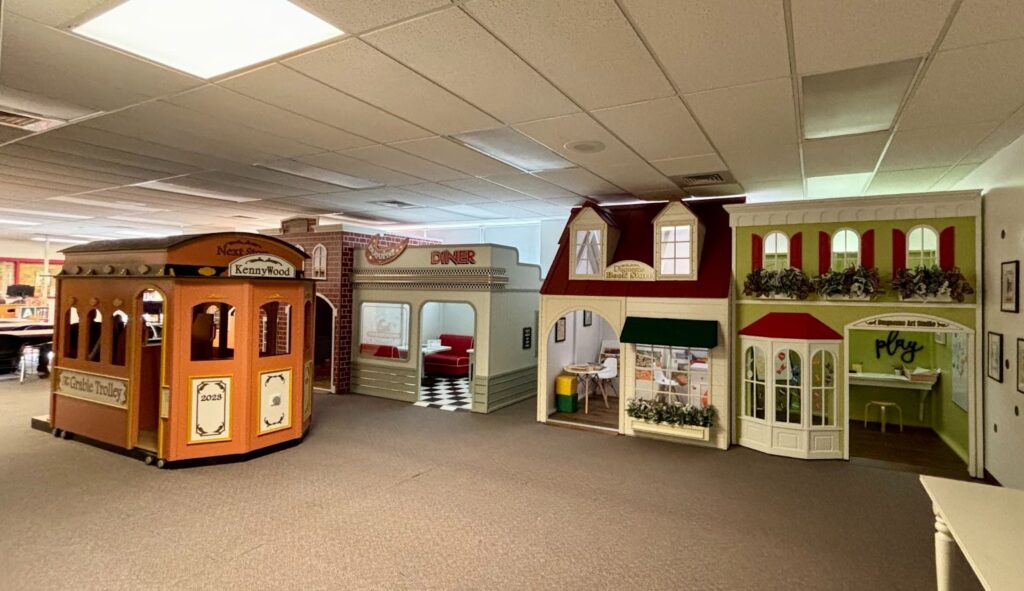Protocols for Reflection on Learning
Protocols for Reflection on Learning Reflection is a key practice for deeper learning and should happen throughout the learning experience to shift the focus from the product of learning to the process. Reflection protocols, which are sentence starters/stems or specific reflection questions, support learners in learning how to reflect. Bright Spots Gain inspiration from…
Design a Flexible Learning Space
Design a Flexible Learning Space Flexible learning environments are spaces that honor the fact that learning happens both in and outside of the traditional classroom. They also enable opportunities for collaboration and student agency when deciding where and how to learn. A flexible learning environment may be a classroom space set up with desks…
Take Learners into the Real World
Take Learners into the Real World When we prioritize engaging learners in authentic learning experiences and tasks, the entire world becomes our oyster for learning, exploration and reflection! Learning outside the four walls of the classroom can be as simple as stepping outside onto the playground to take measurements for learners’ proposed redesign plans,…
Bring the Real World into the Classroom
Bring the Real World into the Classroom Blurring the boundaries between the classroom and the real world doesn’t only mean physically bringing learners outside the classroom walls. Equally important is bringing the real world into the classroom by connecting students with content experts, community members, or governmental organizations, or by using technology to go on…
Connect Learners to Mentors
Connect Learners to Mentors While your school might not yet have a formal internship or mentorship program, there are still many ways to ensure learners get connected with local community members and with work-based learning experiences to expose them to the ever evolving world of work, and to support them in building essential skills…
Project-Based Learning
Project-Based Learning Project-based learning is a way to engage learners in meaningful, authentic tasks that develop both content knowledge and 21st century skills. Project-based learning is different from doing a traditional project in that it does not come after the learning but is instead the learning process itself. Learners are presented with or come…
Cooperative Learning Strategies
Leveraging Cooperative Learning Strategies Cooperative learning strategies, often called Kagan strategies, are low-lift and low-risk ways for students to engage with each other while learning. They are structured ways to break up a direct instruction lesson and ask students to collaboratively process information. Bright Spots Gain inspiration from authentic examples of this strategy shared…
Lead Guided Discussions
Lead Guided Discussions Guided discussions are group conversations that use a structured protocol and usually a variety of sentence stems to support learners with the conversation. These build collaboration skills that can be used in larger group projects. Bright Spots Gain inspiration from authentic examples of this strategy shared by teachers who have used…
Strategically Group Learners
Strategically Group Learners for Collaborative Learning Experiences When assigning group work you can assign groups to learners or allow them to choose their own groups. Research has shown motivation is higher when students select their own groups, and many students prefer this method. However, there are benefits to selecting groups: encourages learners to work…
Create Group Roles
Create Group Roles When learners are working in groups, they need to have clear roles and expectations that support the group’s success. In smaller collaborative learning experiences such as a group discussion, those roles may include timekeeper, scribe, reporter, facilitator, etc. In more complex group projects, student roles should be more meaningful, which may…
Group working norms with learners
Create group working norms with learners Creating group norms as the outset of any collaborative learning experience supports learners to work well together and provides the teacher with an anchor for providing feedback to learners on their collaboration. These norms should be co-created with learners. After practicing with learners to create group norms as…
Make Group Progress Visible
Make Group Progress Visible Create a way to display group progress during collaborative work blocks to keep track of progress as a class. A few ways that you might do this include: Create a physical or digital timeline and plot student groups using post-its or magnets to show where they are in the project…
Explore College, Career and Life Options with Learners
Explore College, Career and Life Options with Learners Preparing learners for their next steps in life involves exposing them to a variety of options for life after high school and this can begin with young learners. Through exploring and collaborating with a variety of different career and life options over time, learners are better…
